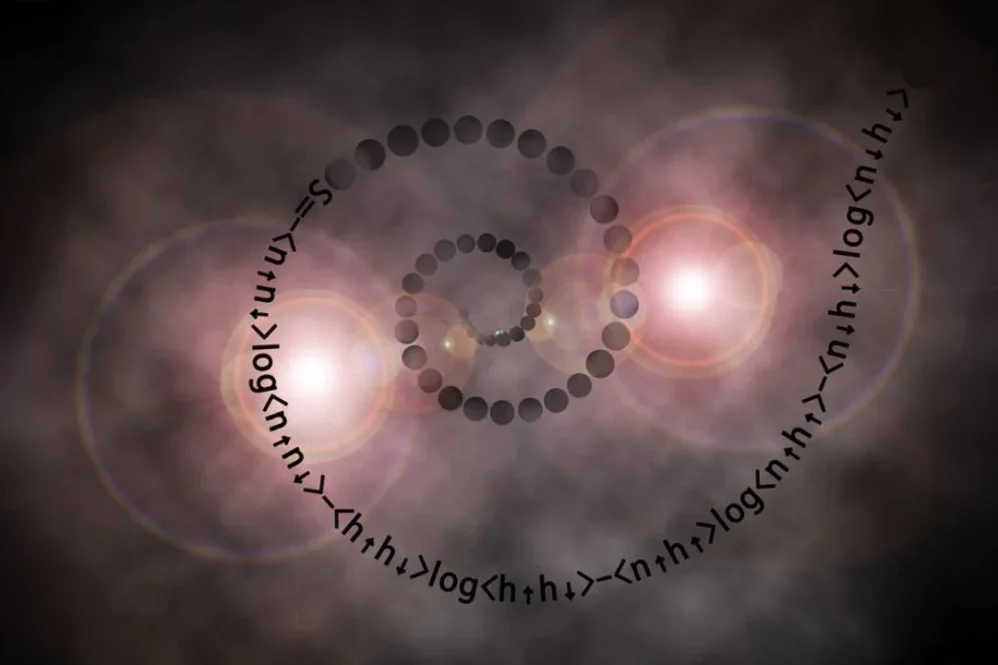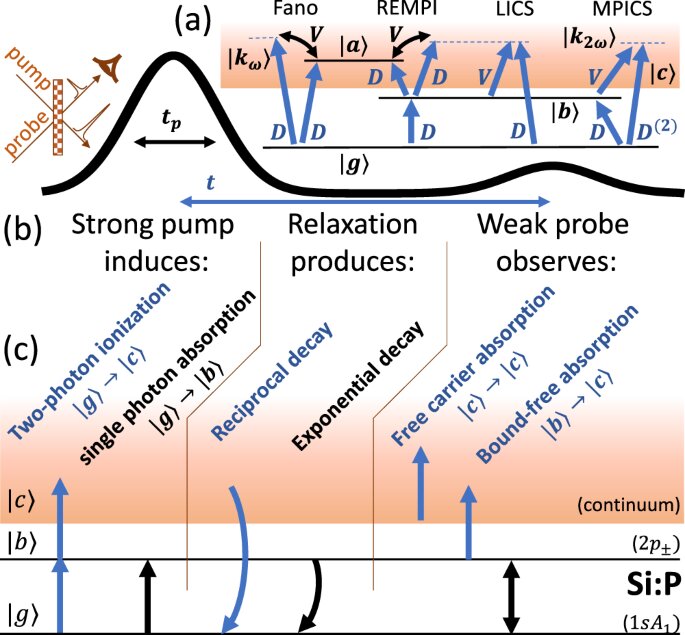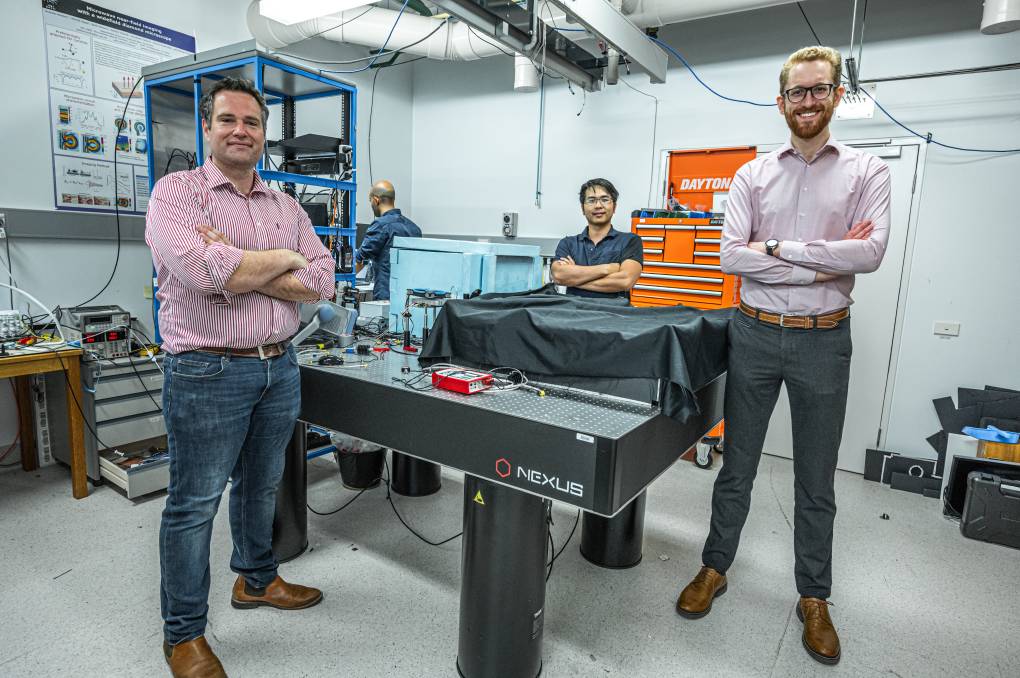Researchers at Osaka Metropolitan University have developed simplified formulas to measure quantum entanglement in strongly correlated electron systems, focusing on localized quantum interactions rather than universal properties. This innovative approach examines the entanglement between one or two arbitrarily selected atoms and their surrounding environment within these complex systems.
Quantum entanglement, the phenomenon Einstein famously described as spooky action at a distance, occurs when particles become linked in ways that maintain their connection regardless of distance. While central to quantum computing and cryptography, many aspects of entanglement remain difficult to understand, particularly in strongly correlated electron systems where electron-electron interactions dominate system behavior.
The Japanese team, led by Yunori Nishikawa, derived surprisingly simple formulas for calculating key quantum information metrics: entanglement entropy (quantifying system entanglement), mutual information (measuring shared information between system parts), and relative entropy (gauging differences between quantum states). These mathematical tools provide crucial insights into quantum system interactions.
When applied to various material systems, including nanoscale artificial magnetic materials and dilute magnetic alloys, these formulas revealed unexpected patterns of quantum entanglement. In dilute magnetic alloys, researchers identified quantum relative entropy as key for capturing the Kondo effect, where conduction electrons screen magnetic impurities.
“The behavior of quantum entanglement in nanoscale artificial magnetic materials defied our initial expectations,” noted Nishikawa, highlighting how their findings open new avenues for understanding quantum interactions. By reducing complex quantum states to subsystems and formulating these quantum informative quantities, the team has created a promising method for elucidating quantum entanglement in various quantum impurity systems.
The research demonstrates potential applications across different physical systems and could significantly advance quantum technologies by improving our fundamental understanding of entanglement in realistic materials.
For information, the formula to calculate entanglement entropy is :
S=-n↑n↓logn↑n↓–h↑h↓logh↑h↓–n↑h↑logn↑h↑–n↓h↓logn↓h↓
in which 𝑛↑, 𝑛↓ are the numbers of up- and down-spin electrons and h↑, h↓ are the numbers of up and down holes (operators) within the target atom.
Reference: “Quantum entanglement in a pure state of strongly correlated quantum impurity systems” by Yunori Nishikawa and Tomoki Yoshioka, 7 January 2025, Physical Review B. DOI: 10.1103/PhysRevB.111.035112



